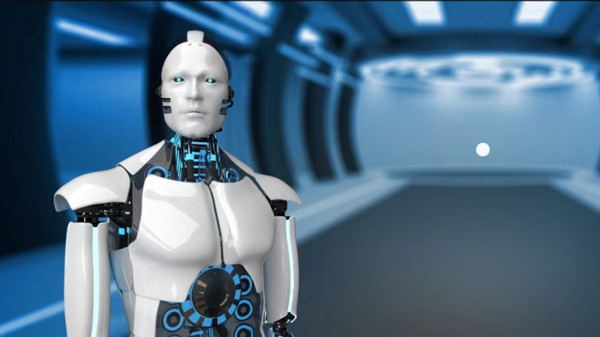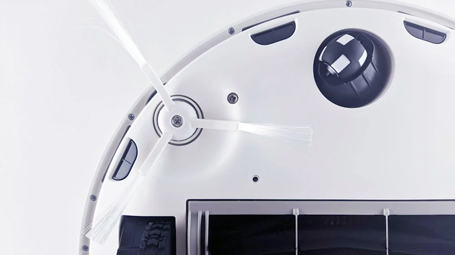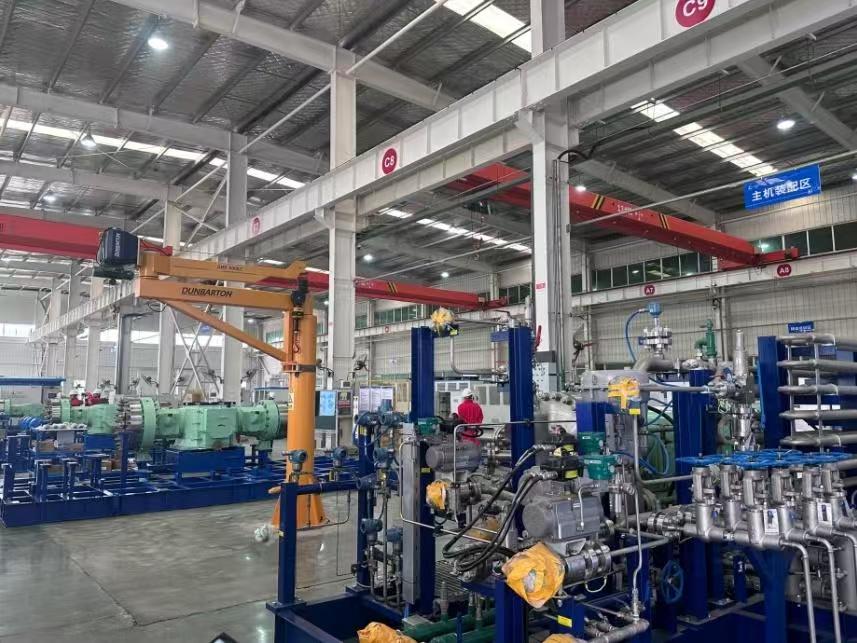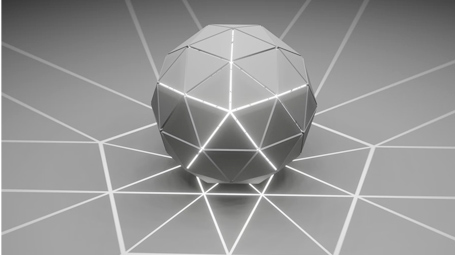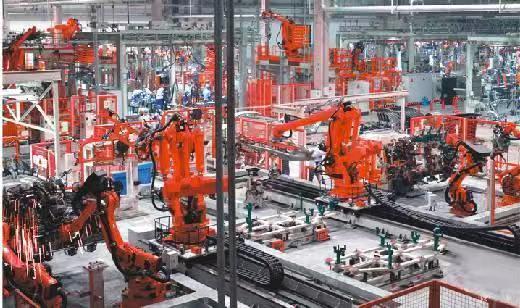What are the development trends of industrial product design?
The development trend of industrial product design is multi-dimensional, not only reflected in the application of technology, but also in the transformation of design concepts, the diversification of market demand and the evolution of the competitive landscape. The following is a detailed introduction:
- Technological innovation: AI is deeply integrated into industrial design, which can assist creative ideas and optimize solutions, and can also predict market trends and consumer preferences through big data analysis. Digital manufacturing technology makes it easier to transform designs into products, smart interconnected products become mainstream, and Internet of Things technology enables products to have functions such as remote monitoring. VR and AR technologies help designers verify solutions in virtual environments, and consumers can also use this to understand products more intuitively.
- Concept transformation: Sustainable development has become an important concept. Designers use environmentally friendly materials to optimize product life cycles and reduce energy consumption and waste generation. Minimalist design style is popular, and products focus on basic functions to reduce cognitive burden. Emotional design is valued, and designers stimulate consumers' emotional resonance through elements such as form.
- Diversified market demand: Consumer demand is diversified, personalized design is emerging, and intelligent manufacturing technology supports large-scale customized production. Inclusive design has become an important principle. Designers pay attention to the needs of different groups of people and provide barrier-free and easy-to-use products and services.
- Evolution of the competitive landscape: The competitive landscape of the industrial design industry has diversified, and cross-field innovative companies have emerged. With the acceleration of globalization, international cooperation and competition have become more frequent, and domestic design companies are actively seeking cooperation and exchanges to enhance their competitiveness.
- Increased demand for high skills: Operating and maintaining industrial robots and performing system integration require practitioners to have cross-field knowledge such as machinery, electronics, computers, and automation, and master programming, data analysis, and robot operation skills. - Reduced demand for low skills: In the past, the number of jobs in the manufacturing industry that only required simple physical labor or basic operating skills has decreased, and the demand for pure physical laborers and low-skilled workers has decreased.
Regional differences in employment
- Increased employment opportunities in industrial clusters: In areas where domestic industrial robot industries are concentrated, such as Guangdong, Shanghai, Jiangsu and other places, related enterprises are concentrated, and robot research and development, production, and application are complete. Not only do robot manufacturing companies need a large number of talents, but there are also many manufacturing companies that apply robots, providing abundant employment opportunities for highly skilled talents.
- Adjustment of employment structure in non-agglomeration areas: If manufacturing companies in non-industrial clusters introduce domestic industrial robots, it may lead to a reduction in local traditional manufacturing jobs. However, due to the lack of supporting industries related to robots, the increase in emerging jobs is limited, and the adjustment of employment structure faces greater pressure.

